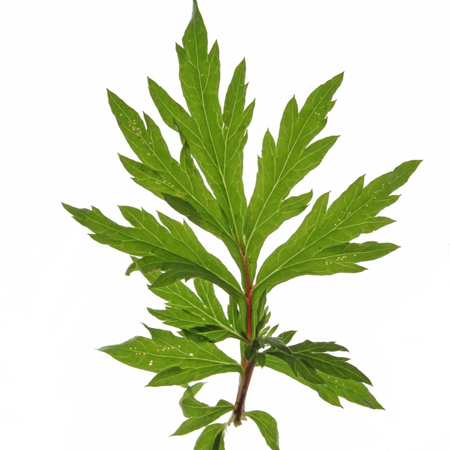

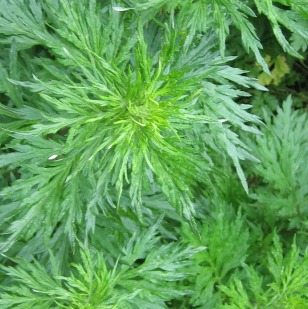
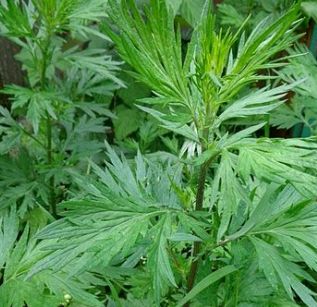
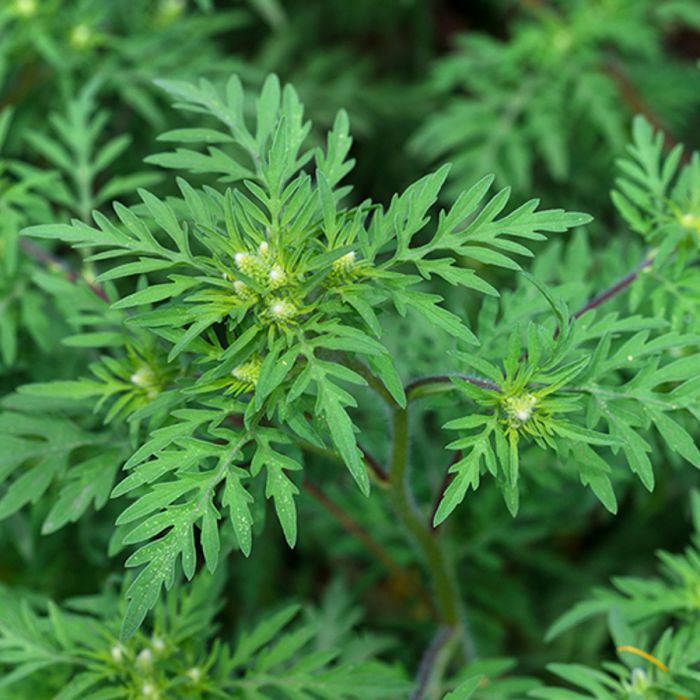
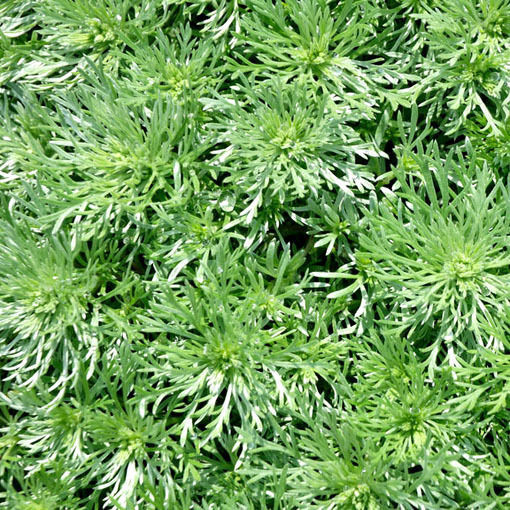
Botanical name Artemisia pallens Wall
Family Asteraceae
Source Leaves
Origin India
Processing Method Steam Distillation
Color/Consistency Pale yellow, clear, transparent, mobile liquid.
Aromatic Summary / Note / Strength of Aroma Rich, penetrating, strongly boozy mysterious, and sweet/herbaceous body notes; has balsamic warm wood and bittersweet undertones and a slight camphoraceous note
Blends With Geranium,Grapefruit, Cedar Wood, Caraway, Coriander and Chamomile
Product Abstract
The Essential Oil of Davana is extracted by the steam distillation of flowers of the Davana plant. This plant is botanically known as Artemisia Pallens and has been in use in India for religious purposes since time immemorial. There, the fresh flowers of Davana are offered to Lord Shiva, perhaps as a token of recognition of its medicinal properties. The chief components of Davana Essential Oil are a ketone called davanone, linalool, a few terpenoids and davana ether.
History
Davana blossoms are offered to Shiva, the God of Transformation, by the faithful, and decorate his altar throughout the day.
Cultivation/Extraction Information
It is commercially cultivated for its fragrant leaves and flowers. It has two distinct morphological types, one in which the plants are short in stature and flowering sets in early, and the other in which plants are tall and flowering sets in later. It grows from seeds and cuttings and reaches maturity in four months. The plant is woody in the lower part of the stem, but with yearly branches. Seen mostly grown in Andhra Pradesh, Karnataka, Maharashtra and tamil Nadu states in India.
Common Usage
Caution
This oil is not toxic, but it can cause irritations and should, therefore, be avoided by pregnant women.
Key constituents
(Z)-Davanone 38.0%
Nerol 10.0%
*Tentative identification
Unidentified furans 6.0%
(E)-Davanone 5.0%
Geraniol 5.0%
(Z)-Hydroxy-davanone 3.0%
Isodavanone 3.0%
Davanic acid 2.5%
Cinnamyl cinnamate 2.0%
(E)-Hydroxy-davanone 2.0%
oxo-Nerolidol 2.0%
Artemone 1.5%
Davana ether 1.5%
nor-Davanone 1.5%
(E)-Davanafuran 1.0%
Quality The oil tends to become viscous with increasing age.
Safety summary
Hazards None known.
Contraindications None known.
Organ-specific effects
Adverse skin reactions Undiluted davana oil was moderately irritating to rabbits, but was not irritating to mice or pigs; tested at 4% on 25 volunteers it was neither irritating nor sensitizing. It is non-phototoxic.
Systemic effects
Acute toxicity Non-toxic. Davana oil acute oral LD50 in rats >5 g/kg; acute dermal LD50 in rabbits >5 g/kg.
Subacute & subchronic toxicity When davana oil was consumed by male rats at 18.1 mg/kg/day, and by female rats at 21.8 mg/kg/day for 90 days, no adverse effects were observed on growth, food consumption, hematology, blood chemistry, liver weight, kidney weight, or the microscopic or gross appearance of major organs.
Carcinogenic potential. No information found for davana oil, but it contains no known carcinogens.
Comments
The davanone content can be as high as 55%.